Mẹo về Where might firefighters be most likely to encounter inoperative standpipes and sprinkler systems? 2021
Bann đang tìm kiếm từ khóa Where might firefighters be most likely to encounter inoperative standpipes and sprinkler systems? 2022-10-15 09:54:10 san sẻ Mẹo Hướng dẫn trong nội dung bài viết một cách Mới Nhất.
OverviewAutomatic sprinklers are the most reliable and effective fire protection devices available today — provided they operate correctly. To determine if a sprinkler system can adequately protect a property, underwriters should be familiar with the components, operation, and testing of the systems, as well as potential causes for failure. A sprinkler system consists of the following components:
Every sprinkler system requires at least one automatic water supply of adequate pressure, capacity, and reliability. The water supply needs to be capable of supplying all sprinklers that operate during a fire and providing water for fire department operations during the fire. 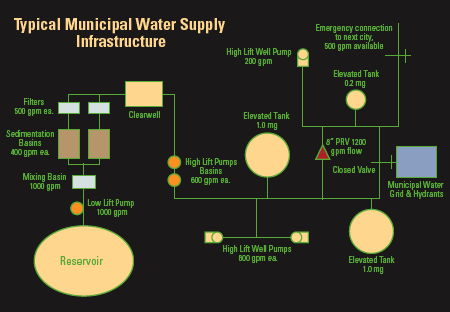 Types of water suppliesWater supplies to sprinkler systems can consist of one or more supply sources:
 A hydrant connects to public water supply 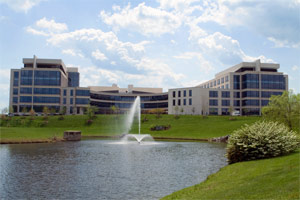 Static storage for an office building Public/private water supply mainsThe most common and least expensive water source for sprinkler systems is the public water supply system. If the public water supply is the only source of water for the sprinkler system, it must be reliable and maintain adequate pressure and volume at all times. To establish the capabilities of water supply systems, Verisk field representatives or other designated officials can conduct hydrant flow tests. The objective of the flow test is to determine the quantity in gallons  A fire hydrant connects to the public water supply 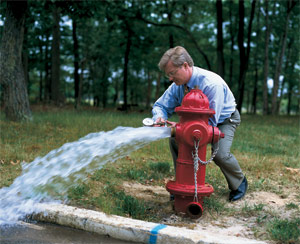 A fire hydrant connects to the public water supply system Elevated storage tanksAn elevated storage tank (or gravity tank) of adequate capacity and elevation is an acceptable source of water for a sprinkler system. The capacity required depends on the intended use of the tank and the number of gallons It’s very important that water stored in the tank doesn’t freeze. During cold weather, water in the elevated tank may become unavailable because of an ice plug in the riser. Such a plug could burst the pipe. There are three basic methods of heating tank water:
The type of heating method depends on the tank’s height, construction, size, and shape—and on the lowest temperature of exposure. 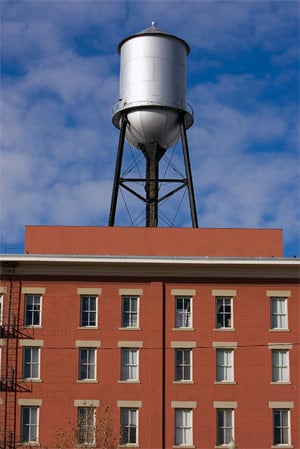 Ground-level suction tanksSuction tanks supplying fire pumps are another acceptable source of water for a sprinkler system. A fire protection engineer or similar expert sizes Suction tanks are usually made of steel, and standard sizes range from 50,000 to 1,000,000 gallons. To prevent freezing and subsequent pump failure, such tanks circulate heated water or use embedded coils. 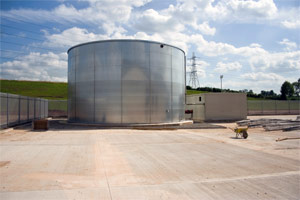 Embankment-supported fabric tanksEmbankment-supported Tank capacity ranges up to 1,000,000 gallons in increments of 100,000 gallons. The tank can be located underground with the top of the tank at grade level or above ground with the earthen berms supporting the entire tank. To prevent freezing, many of the tanks use a water 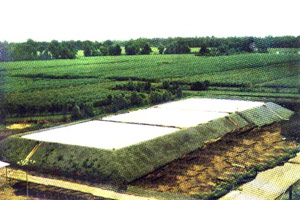 Static storage with pumpsWater for sprinkler systems can also come from natural or man-made bodies of water, such as wells, lakes, ponds, or reservoirs. Those static sources need to deliver the water in the volume and duration required by the system and the anticipated hose streams. And To ensure that water is available for firefighting, a hydraulic engineer evaluates the water source. The engineer conducts a detailed study of the water source to determine if the required volume and capacity will be available, even during a 50-year drought in the area. If the water comes from a dynamic source, such as a well, engineers must “proof” the water. They conduct tests to ensure that the water supply can keep up with the  Hydraulic engineer evaluating the water source 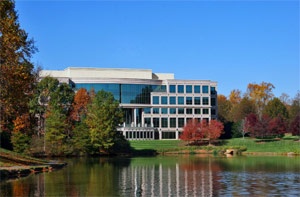 Water supply Pressure tanksPressurized water tanks also supply water to sprinkler systems. They’re often located in rural locations where city water is unavailable and the demand on the sprinkler system is relatively light. Tank capacity is generally 5,000 to 20,000 gallons. Two-thirds of the tank is water, and one-third is air or inert gas. The air pressure in the tank is approximately 100 psi (pound-force per square inch). Pressure 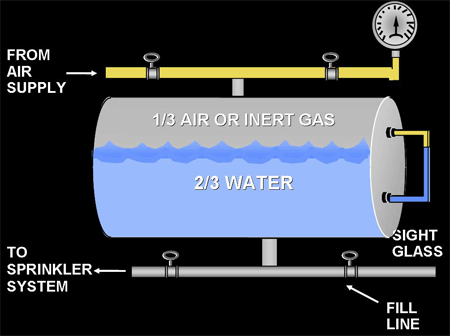 Ensuring adequate water pressureIn addition to a water supply that has the capacity to supply all sprinklers that may activate in a fire, the water supply must flow at an adequate pressure. In locations where the water pressure isn‘t high enough to provide for fire protection needs or no public Electric motors or diesel engines can power fire pumps. Pumps operate automatically and should contain alarms indicating whether the pump is running or has become inoperative because of power failure or other conditions. The design of fire pumps is specifically for fire service. Each pump has a 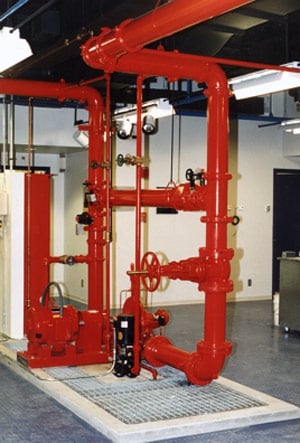 Fire pump powered by an electric motor 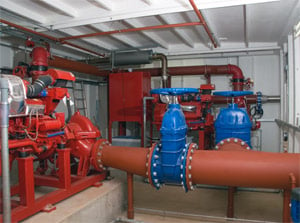 Fire pump powered by a diesel engine Fire department connectionsSprinkler systems may require additional water pressure during a fire. Fire department connections, also called Siamese connections, are located on the outside wall of the building or near the street. Such a connection allows the fire department to connect its Fire department connections must be:
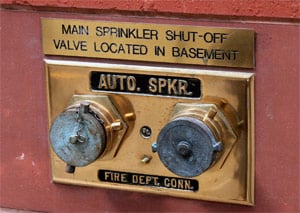 Fire department connection with caps in place  Fire department connection without caps and a bottle in a hose connection Water supplies for sprinkler systemsA well-designed sprinkler system is a highly effective method of minimizing property damage from a fire. But simply installing a sprinkler system doesn’t guarantee adequate fire protection. Water supply is a critical component. For example:
Verisk has trained field staff to evaluate the design, installation, and condition of sprinkler systems anywhere in the country. Report: Sprinkler Assessment Report 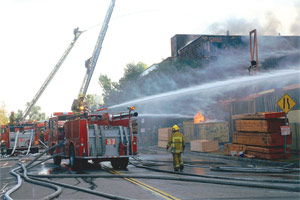 Which type of phenomenon occurs when the fire rapidly transitions from the growth stage to the fully developed stage?Flashover is the sudden transition from a developing to fully developed fire. This phenomenon involves a rapid transition to a state of total surface involvement of all combustible material within the compartment. During what stage of fire development has the fire not yet significantly influenced the environment of the compartment?Incipient: This stage of fire development can be defined in two ways. The simplest definition is a small fire that has not yet significantly impacted the environment inside the compartment (i.e. heat, toxicity, visibility). What is the most common method used in firefighting operations?Using water for firefighting is the most common and recognizable method of suppressing fires. This simple agent is very effective in fighting class A fires, which are fueled by ordinary combustible materials. What causes flaming combustion to occur?What causes flaming combustion to occur? A gaseous fuel mixes with an adequate amount of oxygen and heats to ignition temperature. |
Review Where might firefighters be most likely to encounter inoperative standpipes and sprinkler systems? ?
Một số hướng dẫn một cách rõ ràng hơn về Video Where might firefighters be most likely to encounter inoperative standpipes and sprinkler systems? tiên tiến và phát triển nhất .
Chia Sẻ Link Cập nhật Where might firefighters be most likely to encounter inoperative standpipes and sprinkler systems? miễn phí
Heros đang tìm một số trong những Chia Sẻ Link Down Where might firefighters be most likely to encounter inoperative standpipes and sprinkler systems? miễn phí.
#firefighters #encounter #inoperative #standpipes #sprinkler #systems
